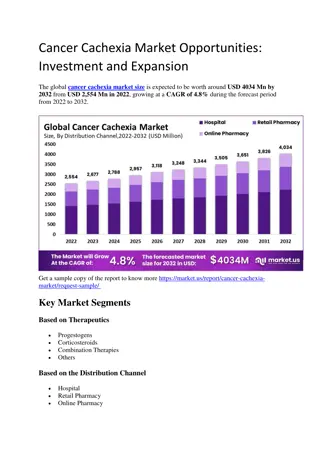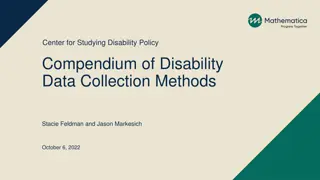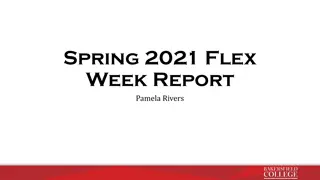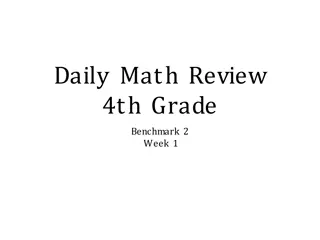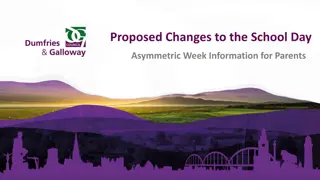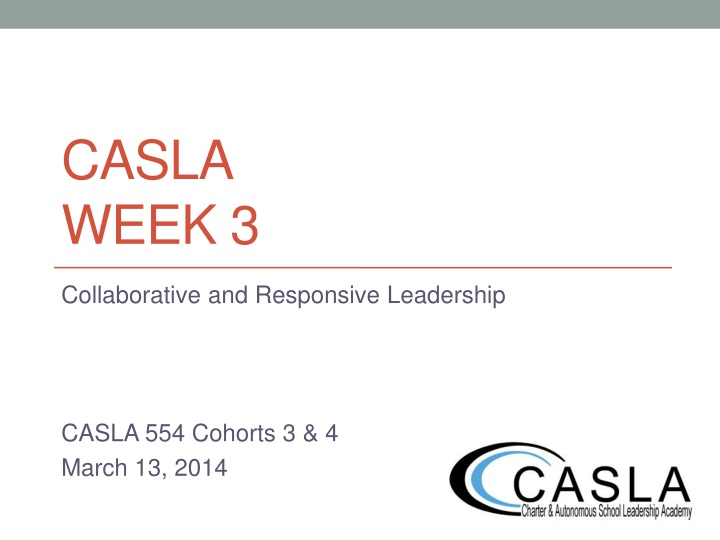
Equity and Leadership in Education
Explore the latest updates on affirmative action, educational funding disparities, and culturally responsive teaching in the context of collaborative and responsive leadership in education. Stay informed on key issues affecting schools and students.
Download Presentation

Please find below an Image/Link to download the presentation.
The content on the website is provided AS IS for your information and personal use only. It may not be sold, licensed, or shared on other websites without obtaining consent from the author. If you encounter any issues during the download, it is possible that the publisher has removed the file from their server.
You are allowed to download the files provided on this website for personal or commercial use, subject to the condition that they are used lawfully. All files are the property of their respective owners.
The content on the website is provided AS IS for your information and personal use only. It may not be sold, licensed, or shared on other websites without obtaining consent from the author.
E N D
Presentation Transcript
CASLA WEEK 3 Collaborative and Responsive Leadership CASLA 554 Cohorts 3 & 4 March 13, 2014
Housekeeping http://4.bp.blogspot.com/-xXzuRKT-sMk/UM9COG5bwYI/AAAAAAAAAec/P4YjzDcs08M/s1600/cla6038.gif Q: When Will Assignments Be Graded? A: I certainly think that the Sunday deadline should be rewarded with graded assignments by the following Thursday s class session so that office hours can be used to respond to questions. I will be working night and day on getting caught up. Bear with me.
Dateline: Equity Policy Affirmative Action is Back in the News Senate Constitutional Amendment 5 (SCA5) Passed by the California Senate on Jan. 30 and is before State Assembly Reverses Prop. 209 s prohibition on race, ethnicity and/or gender as a consideration in government institutions and specifically admissions to state universities Vocal opposition from some Asian American groups Chinese Americans leading the opposition to the amendment http://www.scpr.org/blogs/multiamerican/2014/03/10/16027/sca-5-asian-americans-affirmative-action/
Dateline: Equity Policy and so is Compensatory Education Heads Start Wins; Special Education Loses Head Start gets a (small) boost of $280 million in 2015 after a $1 billion increase from feds last year Funding for pre-school age students with disabilities and the rest of special education stagnant Section 619 of IDEA has fallen from a high of $802 per child in 1992 to $471 per child in 2012-13 Part C of IDEA, the infants and toddlers program served 334,000 children in 2012-13 has seen per child allocation decline from $1979 in 1999 to $1257 last year http://blogs.edweek.org/edweek/speced/2014/03/some_disappointed_with_white_h.html?intc=es
Culturally Responsive Teaching and Learning (Hollie) Asset not Deficit Culture not Race Validate and Affirm not Demean and Devalue Build and Bridge, not Diminish and Degrade Break Out Activity From an ethnocultural perspective, being African American does not mean one is Black, if Black is seen as an ethnic identity no different from Irish, Armenian, or Jewish. Being Caucasian-American does not mean that one is White Anglo Saxon Protestant or Catholic... Think about this statement and Hollie s notion of cultural determinations being essential to our students identities and stories. What are the implications for equity work at the school site level?
Five Principles of Culturally Responsive Pedagogy the eradication of deficit-based ideologies of culturally diverse students; disrupting the idea that Eurocentric or middle class forms of discourse, knowledge, language, culture, and historical interpretations are normative; a critical consciousness and sociopolitical awareness that reflects an ongoing commitment to challenging injustice, and disrupting inequities and oppression of any groups of people; an authentic and culturally informed notion of care for students, wherein their academic, social, emotional, psychological, and cultural well-being are promoted; And recognition of the complexity of culture, in which educators allow students personal culture to be used as an enhancement in their quest for educational excellence. Source: Tyrone Howard & Clarence L. Terry Sr (2011) Culturally responsive pedagogy for African American students: promising programs and practices for enhanced academic performance,Teaching Education, 22:4, 345-362
https://encrypted-tbn2.gstatic.com/images?q=tbn:ANd9GcT9L_YFJEHmuPmryKAVhVqXnVWVo6X_XMKgcyyAyiPl6MjuBp75swhttps://encrypted-tbn2.gstatic.com/images?q=tbn:ANd9GcT9L_YFJEHmuPmryKAVhVqXnVWVo6X_XMKgcyyAyiPl6MjuBp75sw Ethnocultural Behaviors: Culture of Underserved Students Culture of School Sociocentric Collaborative High Movement Contexts Subjective Relational Dynamic Attention Span Sense of Immediacy Spontaneous Individualistic Competitive Low Movement Contexts Objective Linear Static Attention Span Standardized Prompted Source: Hollie, Sharroky (2012) Culturally and linguistically responsive teaching and learning: classroom practices for student success
When a Cultural Misunderstanding Exists Between the School and the Home/Community Students exhibiting ethnocultural behaviors are often labeled as: Defiant Discourteous Disruptive Disrespectful Disobedient Deviant http://www.bet.com/news/national/photos/2013/10/the-road-to-higher-education-for-black-and-latino-males/_jcr_content/leftcol/flipbook/flipbookimage_2.flipfeature.dimg/101113-national-black-high-school-students-latino-classroom-depressed-tennager.jpg
When a Cultural Misunderstanding Exists Between the School and the Home/Community Or worse: there exists a consistency in overrepresentation (in special education). For example in California, a Black student is twice as likely to be labelled LD as a White student, and in Montana, over five times more likely (Parrish 2002). Furthermore, when data is averaged from all fifty states, Black students are almost 1.5 times as likely to be labelled LD, almost twice as likely to be labelled emotionally disturbed, and thrice as likely to be labelled mentally retarded. (Losen and Orfield 2002)
Whats Next? Assignment Due Sunday, March 9th : Case Study#1 Collaborative.docx Read for Next Time: Culturally Responsive Teaching and Learning Ch. 3 Culturally Proficient Education Ch. 5 (Emphasis on Belief 3) Breaking containment-the power of narrative knowing: countering silences within traditional special education research.pdf What Every Principal Needs to Know about Special Education pg. 14-18









